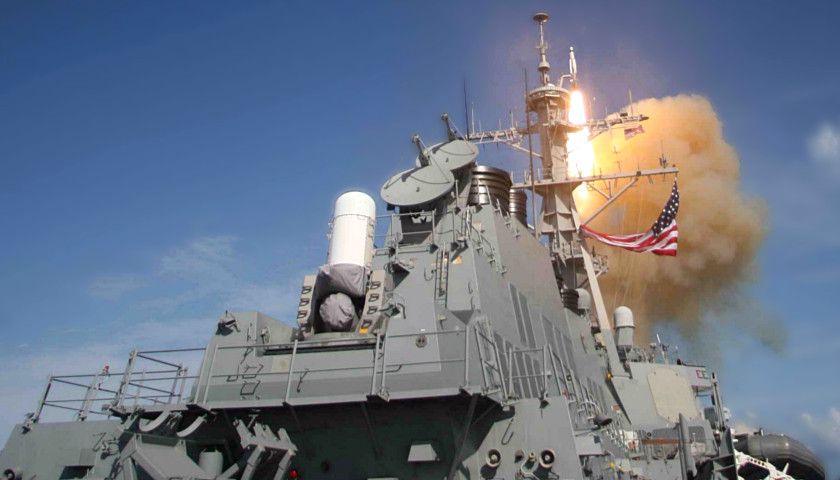The U.S. military said it successfully tested a key missile defense system on Friday, in a milestone that experts say shows a growing U.S. capability to knock down an incoming, medium-range missile from countries like North Korea and Iran.
The Aegis system used in the latest test was fitted with a Standard Missile 3 Block IIA (SM-3 IIA) interceptor being developed in a joint venture between Raytheon Co and Japan’s Mitsubishi Heavy Industries Ltd.
It was the second successful intercept in a row for the SM-3 IIA and will give the U.S. Missile Defense Agency more confidence that it has resolved design flaws that previously caused intercept failures, U.S. officials said, speaking on
condition of anonymity.
The officials said the successful test moved the system closer to production.
MDA Director Lieutenant General Sam Greaves described the test as “a superb accomplishment and key milestone.”
Riki Ellison, chairman of the Missile Defense Advocacy Alliance, a non-profit organization that seeks to promote testing and development of missile defense systems, said the test would also keep plans on track to eventually deploy the system in Poland.
The Poland site is part of a planned U.S. missile defense network aimed at deterring an attack by Iran but one that is viewed with suspicion by Russia.
In Friday’s test, the intercepting missile was launched from the USS John Finn in the Pacific after radar on the destroyer detected and tracked the medium-range ballistic target missile.
The target missile was launched from the Pacific Missile Range Facility at Kauai, Hawaii, the MDA said.
One U.S. official, speaking on condition of anonymity, said the system would attempt to intercept an intermediate-range missile in the coming months, in what would be another big hurdle.
In August, the Pentagon was given the mandate to pursue more options for defeating U.S.-bound North Korean missiles by using radar and more missiles to spot and shoot down inbound threats.
The military has been exploring whether the United States can add another layer to defenses to those already in place for intercepting incoming missiles.




